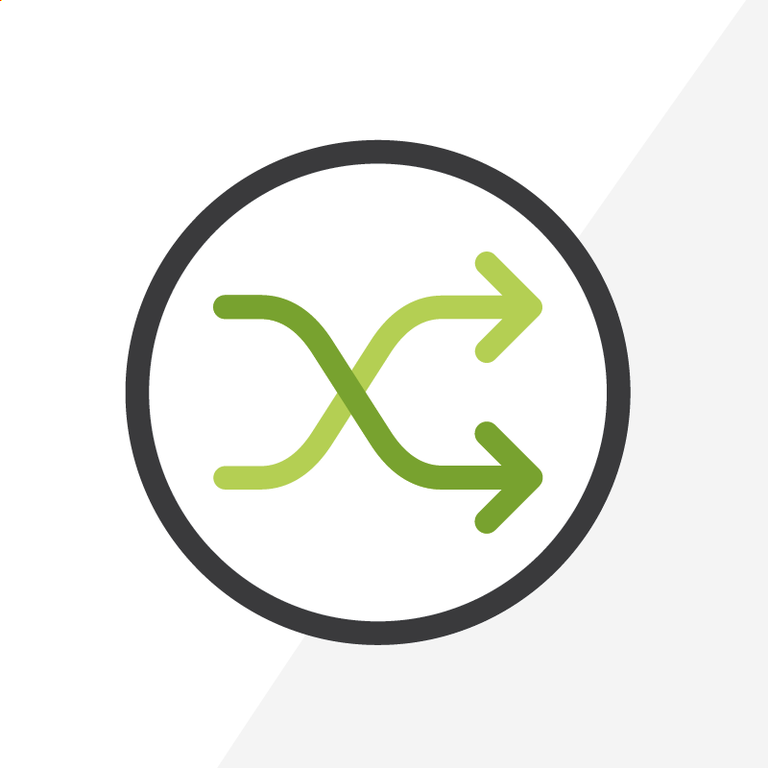
Six Myths, Facts, & To-Do’s for AI at Your Organization
Myth 1: AI is on the horizon, but my organization is years away from getting there.
Fact: AI is already inside your organization. No really, go look! Predictive AI has been around for years and has been widely available in products like Google Search, Gmail, Microsoft’s Office Suite, Salesforce Opportunities and Cases, Evernote, etc.
To-Do: Do an inventory of the software you currently use and document where AI is already embedded into your tooling, including both predictive AI and GPT (Generate Pre-Trained Transformer) AI.
Myth 2: For AI to be effective, my data must be pristinely organized.
Fact: While this may be more true for predictive AI, there is a lot you can do with fairly basic and loosely organized data for GPT AI. That is where the newest AI developments around “Natural Language Models” become so important - their ability to ingest unstructured, or loosely structured, data and harness its value. Wherever your organization’s knowledge, it is not difficult to harness the institutional knowledge within it to direct a GPT app on how to understand the uniqueness and nuances of your specific organization.
To-Do: Identify and document your primary internal knowledge bases for different teams - perhaps it is Salesforce/CRM for fundraising, Google Drive for HR, Sharepoint and Excel sheets for program management, Slack as a catch-all, etc.
Myth 3: The more AI does, the more threatened my employees will feel.
Fact: AI is an augmenter, not a replacer. Instead of thinking about AI as a way to turn a team of 20 people into a team of 3 people doing the same amount of work, AI is being built to take a team of 20 and give you the ability to do the work of 200 people. Anyone viewing AI as a tool to downsize misunderstands its value - it is an amplifier. The invention of the microphone did not replace actors and singers, it simply gave them a wider audience.
To-Do: Ask each team to identify the most time-consuming tasks that they regularly engage in, and attempt to place those tasks in one of three buckets: "researching and finding answers," "making decisions," and "written communication." Each of these types of time investments can be very repetitive and emotionally draining, and AI tools are already built to ease and expedite tasks such as these.
Myth 4: The Cost of AI’s advantages include giving up my organization’s data.
Fact: Arkus has been in the Salesforce ecosystem long enough to sort through marketing fluff and substance. We have been very impressed at how Salesforce has positioned itself to leverage the advantages of AI for its clients without having to compromise data privacy or confidentiality. The Salesforce “Trust Layer” allows Salesforce users to incorporate the Large Language Model of your choice and to bring that pre-trained program into your instance, so your data never leaves your org, nor is it used for future data training for others. This is especially important for organizations that have high confidentiality standards or need to maintain HIPAA compliance.
Action: Read this article that explains how the Einstein Trust layer operates in a way that is far more comprehensive than I could ever be.
Myth 5: Isn’t Salesforce just playing catch up on AI?
Fact: AI has been embedded into Salesforce since 2016, with the use of Einstein Opportunity, Lead, and Case Prediction scoring. This went largely unnoticed because while predictive AI is very powerful, a simple “prediction score” never exactly fired up the imagination. The leap that AI took in 2023 with ChatGPT opened up new opportunities for Salesforce to not only lead in predictive AI but now Generative AI. With over 50 AI products, there is a vast array of possibilities of how to interweave AI into the growing data landscape of any given organization. One of the most exciting new developments was the introduction of Einstein Copilot, which acts as a natural language assistant inside Salesforce, allowing users to get the answers they need with questions like “Please create a solicitation to this donor, explaining why this is an important time for them to increase their annual gift,” or “When is the best time, and what is the best channel, to reach out to reschedule a meeting with their case worker.” This is the breakthrough we’ve all been dreaming about!
To-Do: Talk to your Salesforce Account Executive about pricing and license features for their AI products, or let us know if you would like us to connect you to the right person at Salesforce.
Myth 6: Creating a GPT app for my organization will take lots of time, money, and licensing.
Fact: We built an "ArkusGPT" bot on Slack very quickly, which uses public information and internal documentation as its knowledge base and Slack's natural UI to create a chatbot that our employees use to ask questions about best practices, client inquiries, and company policies. Leveraging our “paperless culture,” which requires clear electronic documentation of our processes, we utilized a few dozen Google Docs via a lightweight integration tool, and Slack, we’ve already created major efficiencies in supporting our internal team members.
To-Do: Reach out to us or connect with me on Linkedin and ask us how we built our own “ArkusGPT” Assistant using nothing more than Slack, OpenAI Assistant, a few dozen documents from our Google Drive, and a lightweight integration tool.
